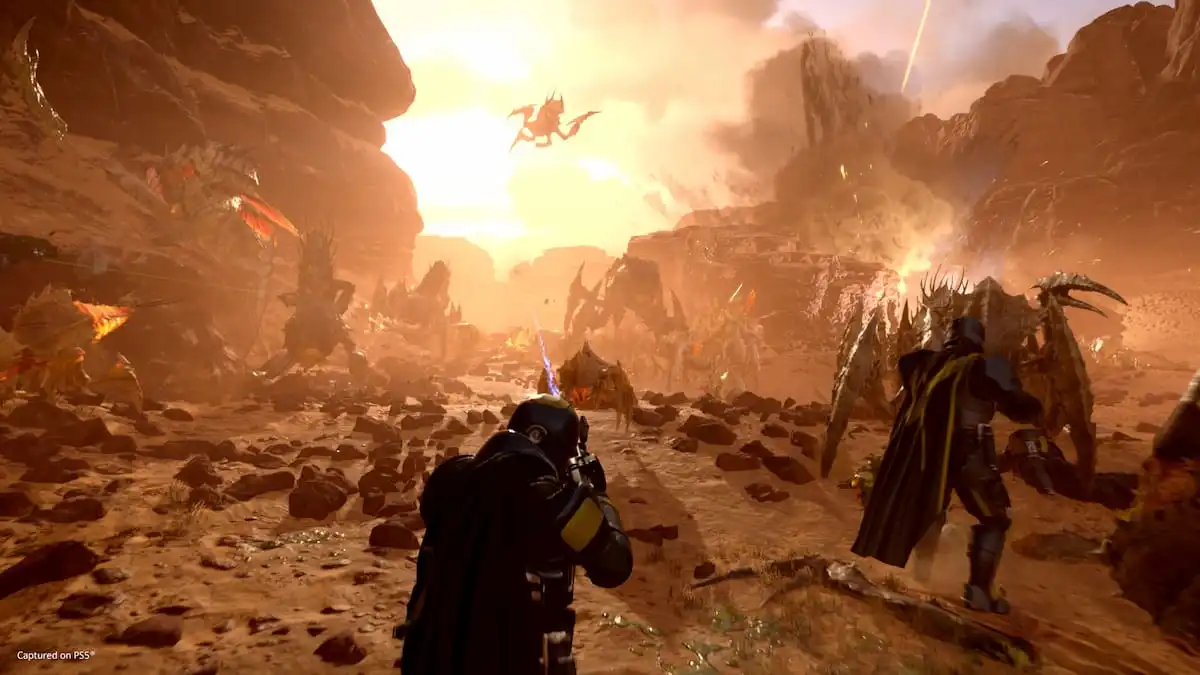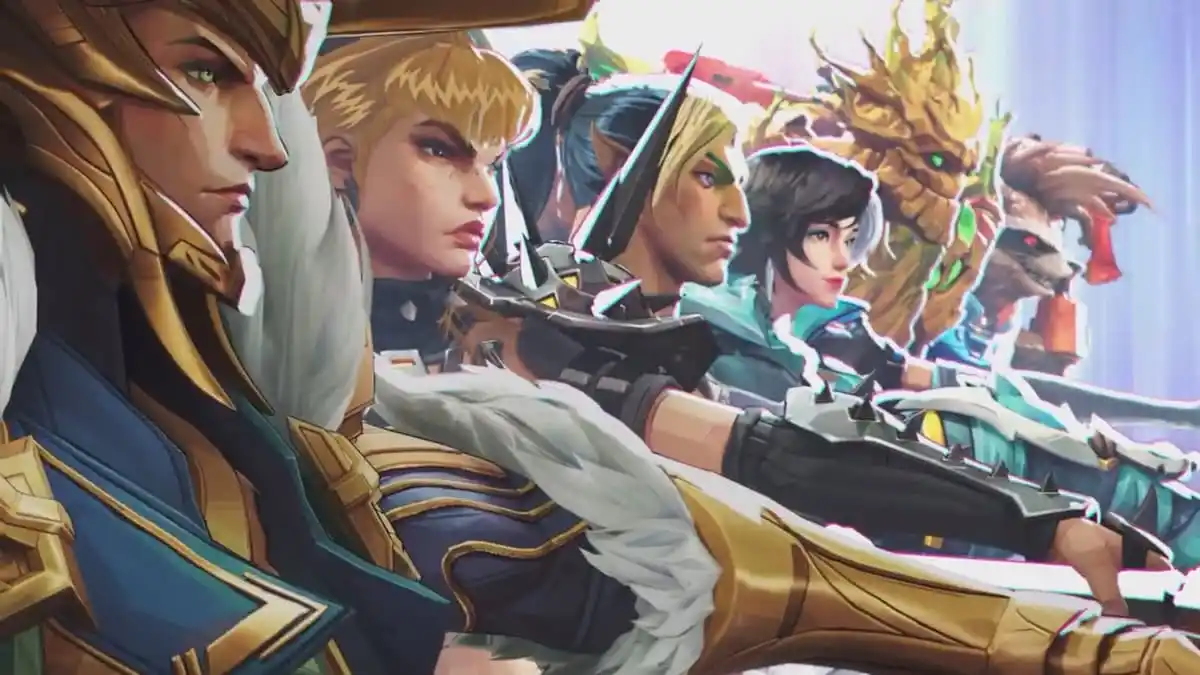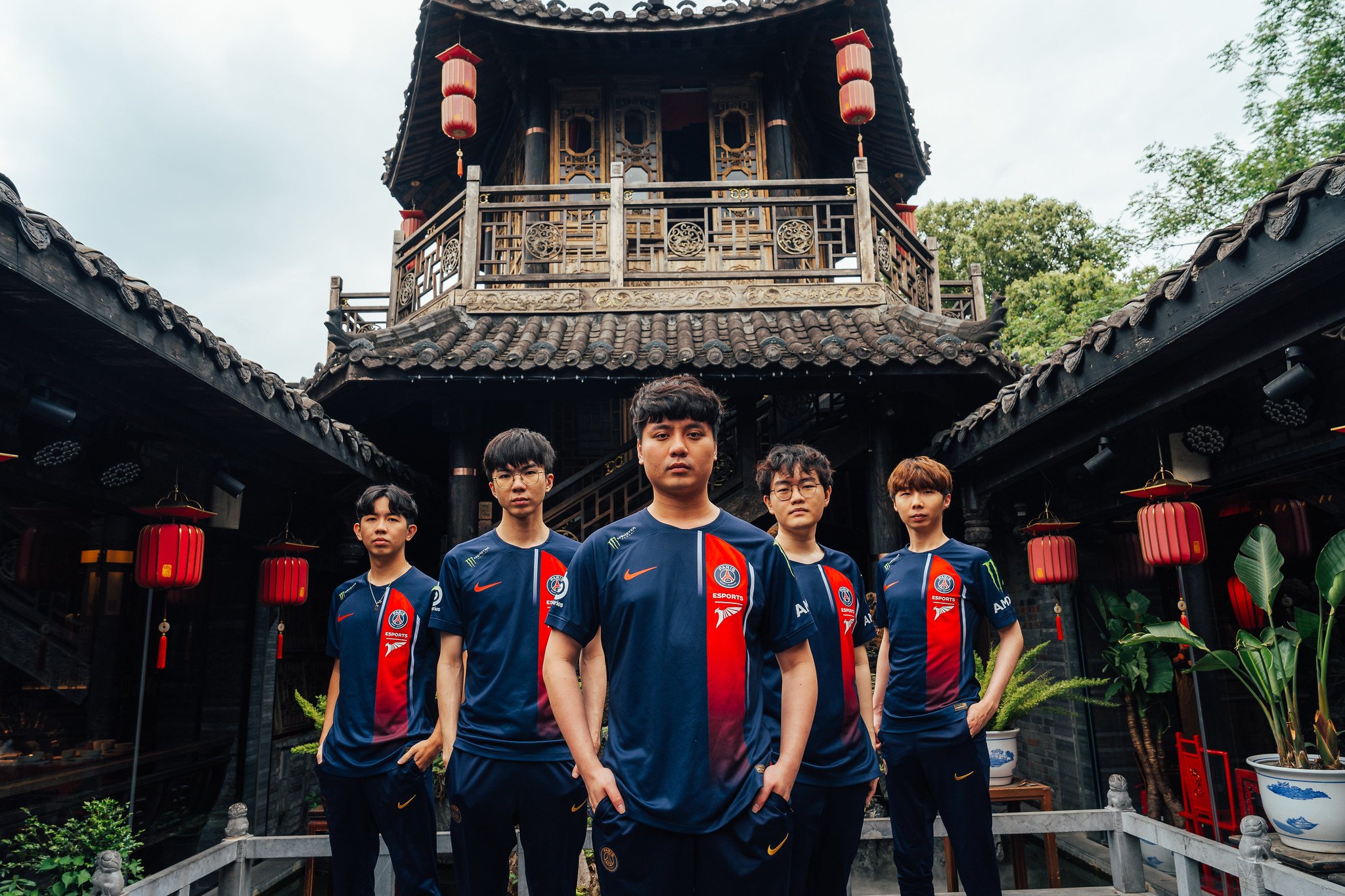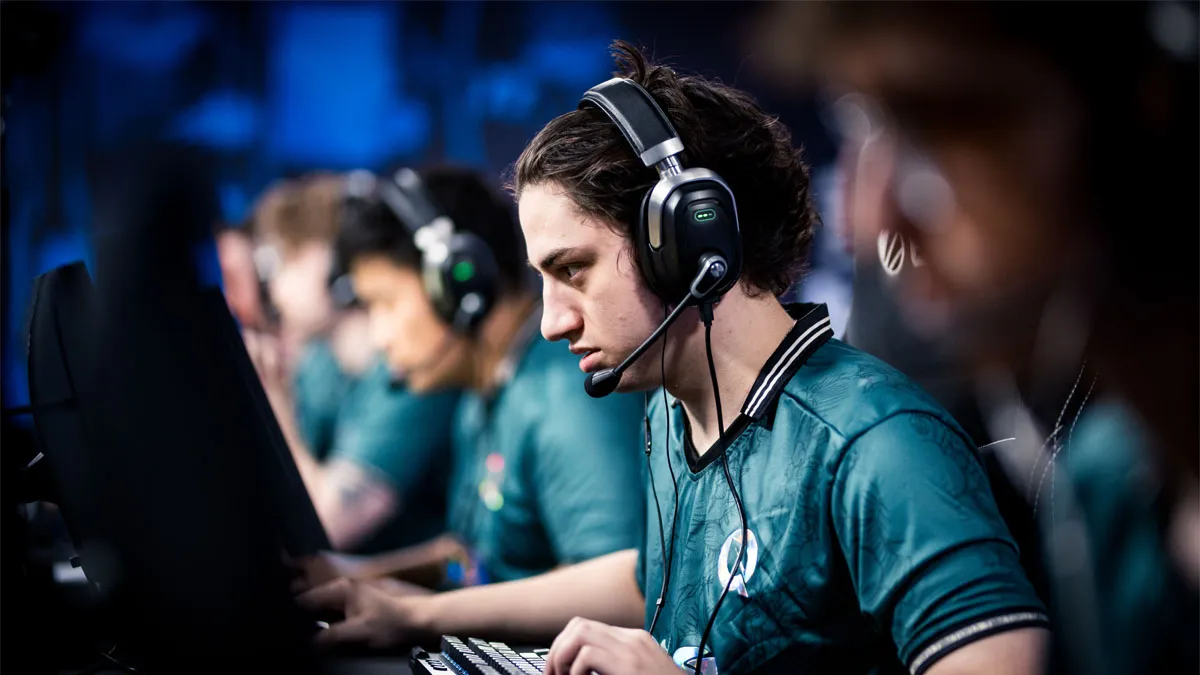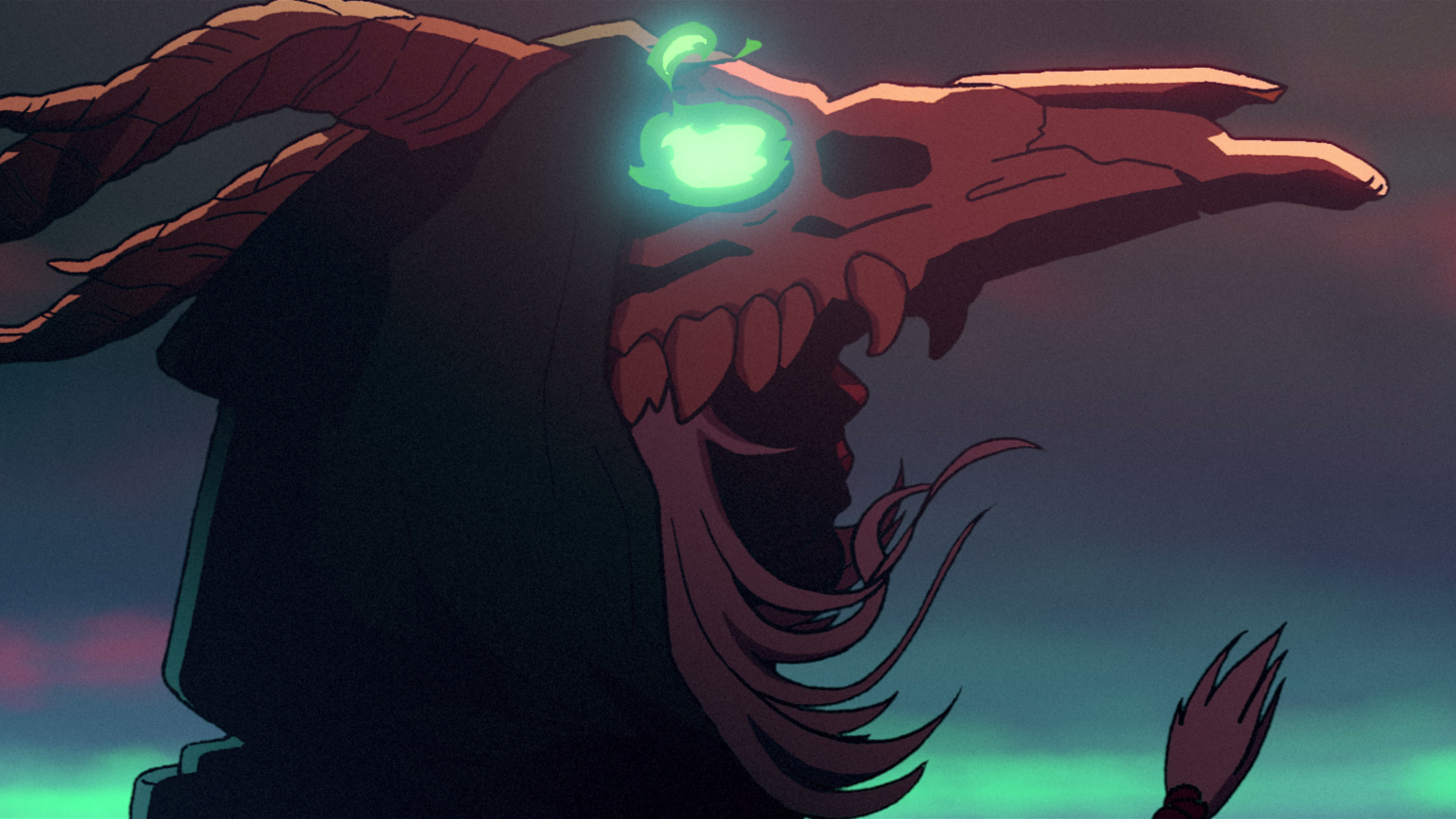
In our State of PC Gaming roundtable, Mega Crit's Casey Yano urged big game studios to give players novelty rather than the expected.
Casey Yano, co-founder of Slay the Spire developer Mega Crit, quit his job several years ago to work on the deckbuilder that would eventually earn a 92% from PC Gamer and a 97% overwhelmingly positive rating on Steam. It wasn’t a smash hit at first, when it launched in early access, but as Slay the Spire picked up attention it eventually became the inspiration for dozens more singleplayer deckbuilding roguelikes. Many of those games have also been successful, but the surprise breakout of this year’s Helldivers 2 and its unique approach to a live service shooter prompted PC Gamer’s Evan Lahti to ask to what extent developers should be trying to capitalize on whatever’s currently trendy.
“If any big companies are listening: Taking risks is actually the least risky thing you can do,” Yano said in a recent PC Gamer roundtable interview on the State of PC Gaming. His argument: “People just want novelty. If you see a strange flavor of ice cream, you’re gonna try that ice cream. I want to try the weird ice cream. I’m just saying—the pineapple mint sorbet I had the other day was incredible.”
The roundtable also included Larian’s publishing director Michael Douse, who said that “the output of this industry is not defined by trends—I think the output defines the trends, the trends don’t define the output.” He conceded that there are now loads of deckbuilders in Slay the Spire’s wake, but argued that those will continue even after they’re no longer trendy. “For example, the extraction shooter has become established. They’re always going to make those for the rest of time now. They’re always gonna make deckbuilding games,” he said.
Earlier in the conversation Yano said that Mega Crit’s tiny team hadn’t given any thought to creating or popularizing a genre with Slay the Spire. The game was simply born out of his frustration with how slow most card games felt, and that they typically weren’t built to be singleplayer. “The expectation for a card game was that it has to be PvP, and I didn’t think that was true,” he said. “The only way to prove anything on the internet is to do it yourself, so we just made a game.”
Douse pointed to Slay the Spire as a key example of a different sort of trend in modern PC gaming, one divorced from genre labels: what he calls “hyper-engaging games.”
“We’re seeing more people super into specific games and finding communities in those games,” he said. “That’s a cool thing, right? … There’s a trend of hyper-engaging games at work. We made a hyper-engaging game. Traditional logic is don’t make it hyper-engaging. Make it broad so you can pick it up off the shelf.”
“Oh no,” Yano said. “We went all-in.”
Douse said that games like Slay the Spire “are completely unbothered by any notions of casualization or trying to create something for an audience beyond your own audience.” He pointed to recent hit Balatro, a new deckbuilder that sold more than a million copies in less than a month.
“Balatro’s completely unbothered by any notion of what it ‘should’ be, and is really just focusing on what it can be and what you want to make. We’re definitely going to see more of that in the PC space,” Douse said.
Our 2024 State of PC Gaming roundtable touched on a range of other topics, from the influence of Slay the Spire to the current use of AI in games to the biggest trends in PC gaming over the past year. You can check out the full conversation in the embeds above and below, or find PC Gamer Chat Log wherever you get your podcasts. You may also be interested in Slay the Spire 2, which was announced after this discussion was recorded. It’s due out in 2025.


